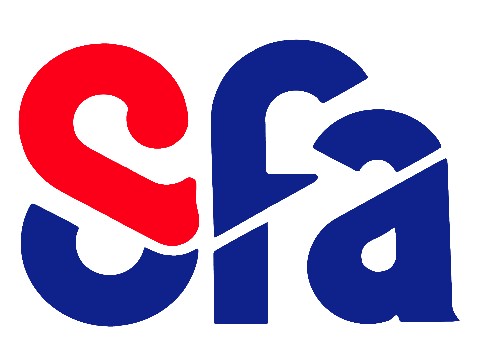Optimization of chaotic cavity transducers to nonlinear elastic imaging
Résumé
Recent results have shown that Nonlinear Elastic Wave Spectroscopy (NEWS) and Time Reversal (TR) techniques can be combined to precisely localize defects, produced by their nonlinear response. NEWS techniques can be used either as a post-treatment of TR used as a tool for ultrasound focusing in order to generate strong localized stress, or as a pre-treatment, of TR used as a tool for defect (nonlinear source) identification. Recently, it has been demonstrated that a single PZT ceramic glued on a chaotic cavity, a so called chaotic cavity transducer, can be used as a TR mirror or a multi-elements system on non reverberating samples. In this study, numerical and experimental results, performed in order to optimize the chaotic cavity shape and material, and the time reversal process will be presented. The numerical results have been obtained with a nodal Discontinuous Galerkin Finite Element Method developed for the simulation of linear and nonlinear elastic wave propagation. The experimental set-up used is based on the combination of a chaotic cavity glued on the sample for the elastic wave emission (and focalization), and a laser vibrometer in order to image the nonlinear response at the surface of the sample. The obtained results enable us to find that chirp-coded excitation, instead of single-carrier short pulses, combined with inverse filter and 1-bit processes have to be used in order to transmit more energy per time on the defect, and so increase its nonlinear response, without increasing the peak intensity of the excitation. Moreover, the benefit of using emitters having a more or less chaotic shape is clearly found in breaking the symmetry of the problem, leading to an unambiguous retrofocusing. The technique is applied to image a crack in a steel sample.
| Origine | Accord explicite pour ce dépôt |
|---|
Loading...


